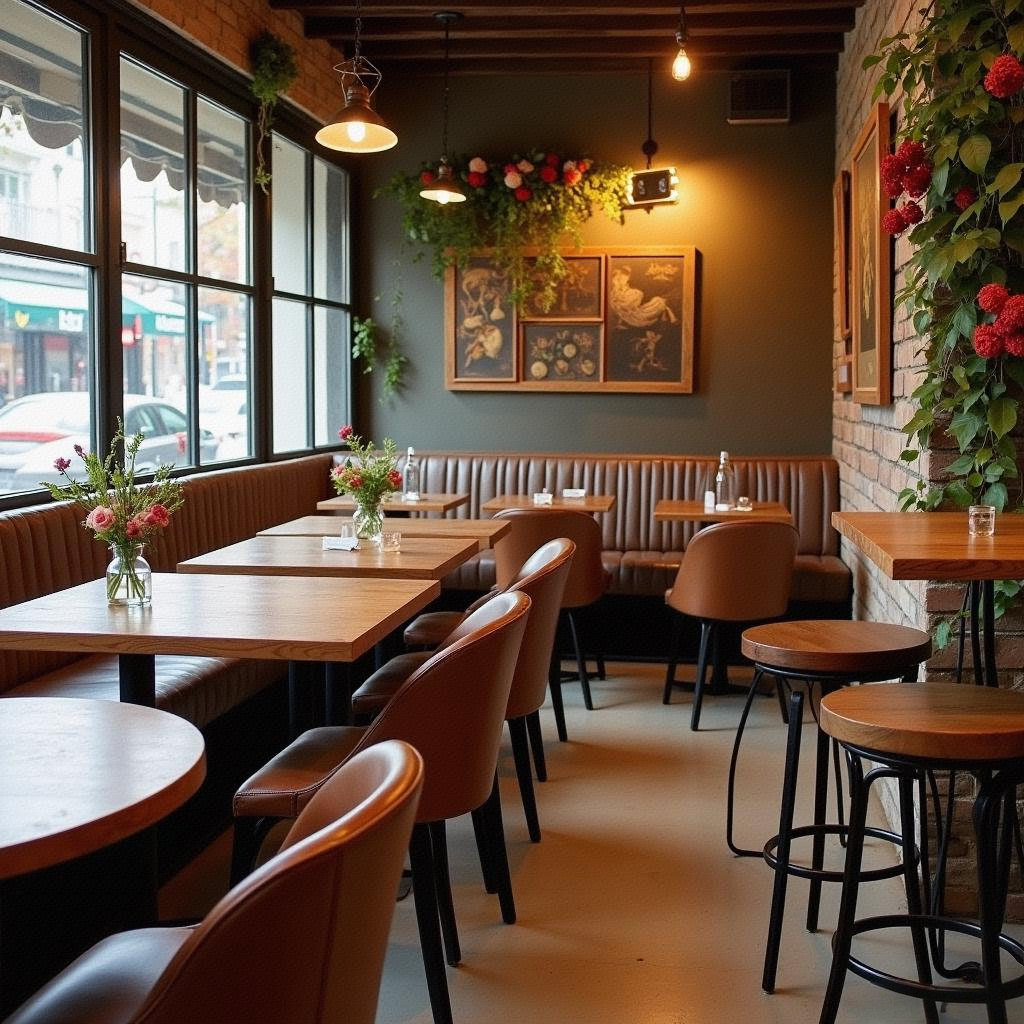La mueblez de panel se refiere a muebles desmontables modulares con paneles de madera como su sustrato principal y panel como su estructura básica. Los paneles artificiales comunes incluyen tablero, ladrillo, tablero de partícula y MDF (madera de tablero denso). El tablero (plywood) a menudo se utiliza para hacer muebles que requieren flexión y deformación; el rendimiento del ladrillo a veces se ve afectado por el material de core; el tablero de partícula (también conocido como tablero de particle board, tablero de caña) es suelto y solo se utiliza para muebles de baja calidad. El más económico y comúnmente utilizado es el MDF (madera de tablero denso). Los materiales de acabado comunes para la mueblez de panel incluyen madera delgada (comúnmente conocida como tabique), papel de grano de madera (comúnmente conocido como pegajoso), láminas de caucho PVC y superficies de pintura de poliéster (comúnmente conocidas como pintura de cocción). Los paneles artificiales comunes incluyen tableros fragantes, tablero, ladrillo, tablero de partícula y MDF.

1. Ventajas del mobiliario de panel Uso completo y efectivo de la madera, desmontaje y montaje conveniente, ciclo de producción fácil, forma estable y no fácil de deformarse
2, las desventajas de la mobiliario de panel
(1) No amigable con el medio ambiente Para obtener más beneficios, algunos comerciantes producen materiales de baja calidad como el contrachapado, y si las láminas no están todas cubiertas en la mobiliario, es fácil que liberen formaldehído perjudicial para el cuerpo humano, lo cual no es suficiente en términos de protección ambiental.
La mayor diferencia entre el material utilizado para la madera de paneles y el material de madera maciza radica en la naturalidad del material. La mayoría de la madera de paneles actualmente está diseñada en tablero, que tiene patrones repetitivos y carece del sentimiento natural de los materiales naturales.
3. Limpieza y mantenimiento de muebles de paneles
a. Coloca con suavidad. La base del mueble de paneles debe mantenerse plana y las cuatro patas equilibradas. Si el mueble se coloca en un estado de balanceo y estabilidad frecuente después de ser colocado, la azada o el fastener se caerán y la parte de adherencia se romperá, lo que afectará el efecto de uso y reducirá la vida del mueble. Además, si el suelo es suave y el mueble es desequilibrado, no utilice tablas de madera o láminas de hierro para ablandar las patas del mueble. Incluso si está equilibrado, será difícil distribuir uniformemente la fuerza. Si durará mucho tiempo, dañará la estructura interna del mueble. La única forma de compensar es cortar el suelo o usarlo ligeramente. Una gran área de tablero de caucho duro está colocada en el lado sur para que las patas del mueble se mantengan suavemente en lugar.
b. Eliminar polvo Es mejor usar un paño de lana tejida para quitar el polvo de los muebles, y luego usar una brocha de lana suave para quitar el polvo de los patrones grabados o relieve. Los muebles pintados no deben frotarse con gasolina o solventes orgánicos. Se pueden frotar con barniz incoloro para muebles para aumentar el brillo y reducir el polvo.
C. 避免阳光直射最好不在家具的摆放位置直接暴露在阳光下,经常的阳光照射会使家具的漆面褪色,金属部分容易氧化变质,木材也会变脆。夏天最好用窗帘遮挡阳光来保护家具。
d.室内湿度保持室内湿度,不要让家具受潮。在春夏季节,应使用加湿器来限制时间,防止家具因湿度过高而损坏,如木材腐烂、金属部件生锈和粘合部分容易打开等。
Normalmente, minimice el lavado de los muebles y evite usar agua alcalina. Solo se debe frotar con una toalla húmeda y luego limpiar con una toalla seca.

